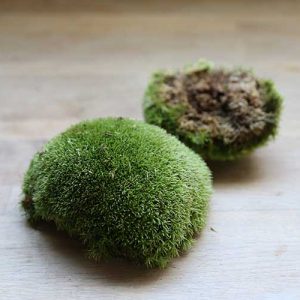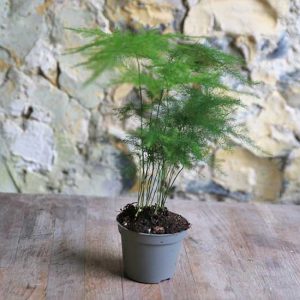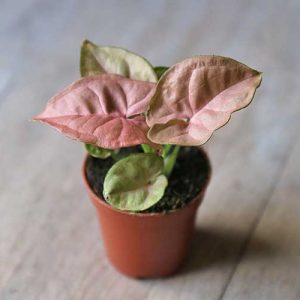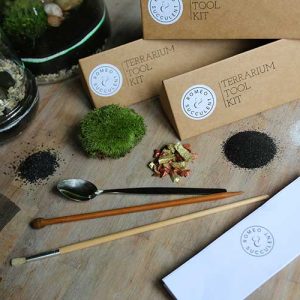HOW TO CARE FOR YOUR SETACEUS PLUMOSUS (ASPARAGUS FERN)
THE ASPARAGUS FERN
Asparagus Setaceus Plumosus AKA. Climbing Asparagus / Common Asparagus Fern / Lace Fern
With wispy fronds and a bright green colour, these humidity-loving non-ferns (more on that later) are the perfect addition to an enclosed garden like a terrarium. Despite the name, in reality these pretty plants are a member of the lily family and are uber popular for their air-purifying quality and feathery foliage. Every now and then, if looked after brilliantly well, these evergreens sprout tiny white flowers which mature into small purplish berries. Whether destined for a hanging basket or a terrarium, these ferns are a real crowd-pleaser.
Where Does It Come From?
Native to the southern tip of the African continent, it’s believed that these plants were first brought back to Europe in the 17th century where they quickly became a fashionable fixture in the greenhouses and sunny conservatories of the European elite.
Why Should I Get One?
- Even though they’re strictly NOT a fern, like many other actual ferns these plants are excellent for improving air quality. When healthy, they absorb and destroy toxins from the air around them.
- The Asparagus Fern is also a particularly good plant for hanging baskets due to the way that the fronds can create cascades of hanging foliage. Easy on the eye AND good for you? Sign us up.
How Big Can It Grow?
These little guys don’t stay little for long unless kept on top of. If growing the fern in a hanging basket, the fronds will cascade over the edge, sometimes growing quite long which makes for an attractive indoor fixture. When growing in a restricted space like a terrarium, the plant’s growth will be more limited but it can still take over if you do not remove the ends of the leaves periodically.
Top tip: As the plant ages, it can develop little thorny spurs, so if you’re giving it a good prune, perhaps wear some gloves to protect your hands.
Where Should I Keep It?
Bright, indirect sunlight is best for these ferns. If the plant isn’t getting enough light, the needles will begin to yellow and drop off. On the hand, if the plant is getting too much sun, the fronds will scorch and wither. Keep an eye on the state of your fern’s fronds and adjust the position of your plant accordingly – it’ll tell you if it is unhappy! Generally these plants appreciate warmer temperatures, but as long they aren’t regularly exposed to anything below 13°C, they should be able to thrive.
Make sure to keep the plant out of the way of pets and children if it begins to produce berries. They can be toxic to animals and irritating on sensitive skin.
How Often Should I Water It?
These ferns need regular watering, but also react badly to being left to stew in standing water. Little and often tends to work best as a watering strategy with that in mind. Try not to let the soil dry out completely, but be careful not to overdo it. Less water is required during the chillier winter months and these ferns appreciate a daily misting to increase their ambient humidity.
Tolerant, delicate and exotic, these little ferns are such a wonderful addition to your home. Whether planted into a terrarium for a little extra green pizazz, or allowed to flourish in a pot, these fragrant plants add an elegant touch to your indoor space.
-
Quick View
 Sold OutSelect options This product has multiple variants. The options may be chosen on the product page quick view
Sold OutSelect options This product has multiple variants. The options may be chosen on the product page quick view -
Quick View
Mini Asparagus Fern aka Lace Fern (Asparagus Setaceus)
View All, Mini Terrarium Plants, Ferns, Baby House Plants £6.00 -
Quick View
Miniature Arrowhead (Syngonium ‘Neon’) in Pink
View All, Mini Terrarium Plants, Baby House Plants £5.80 -
Quick View
Terrarium Tool Kit
View All, Terrarium Moss, Decor + Tools, Soil, Grit + Gravel, Lifestyle: Gifts, Kits & More £10.00



